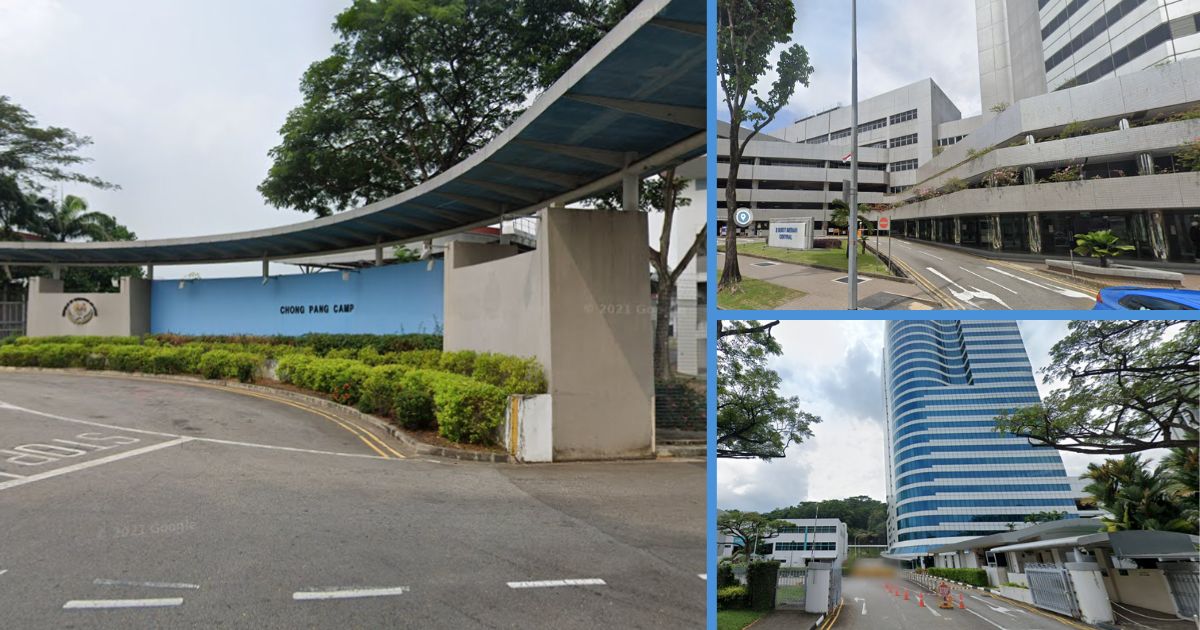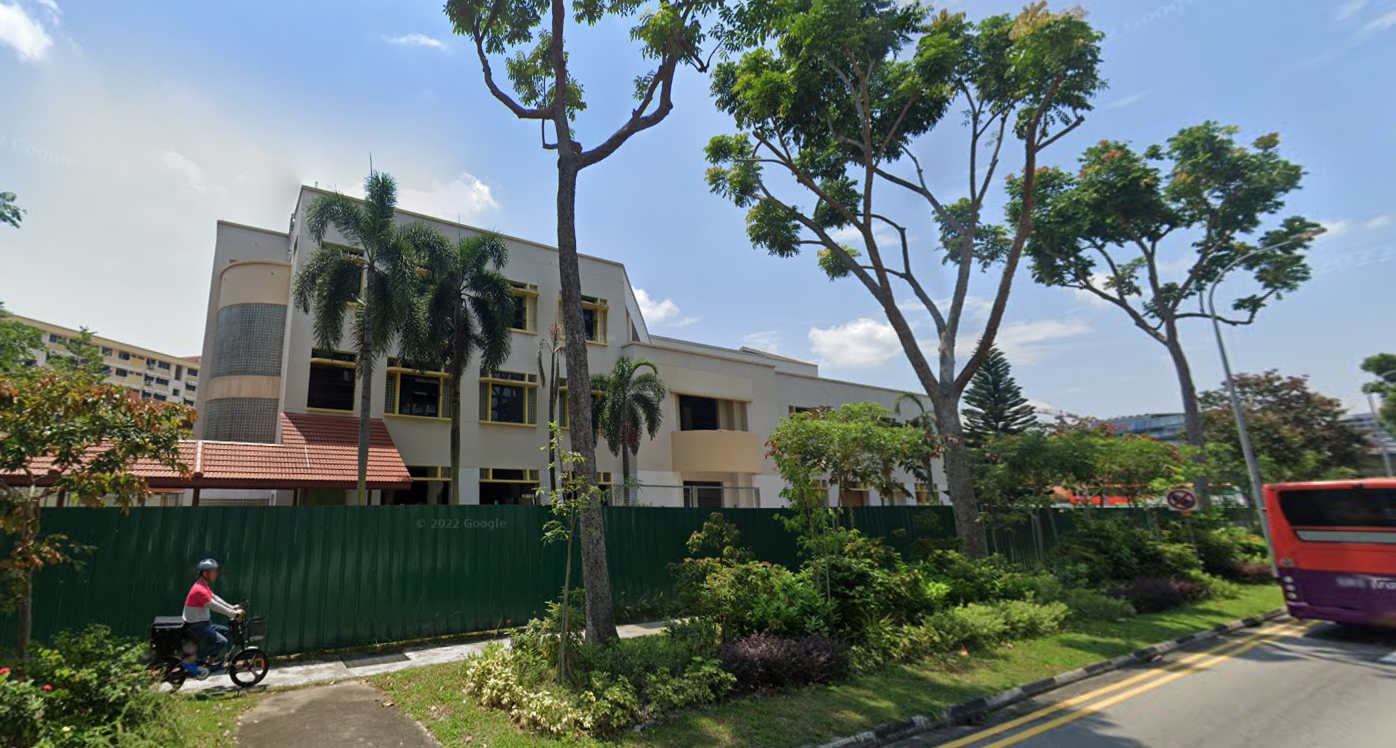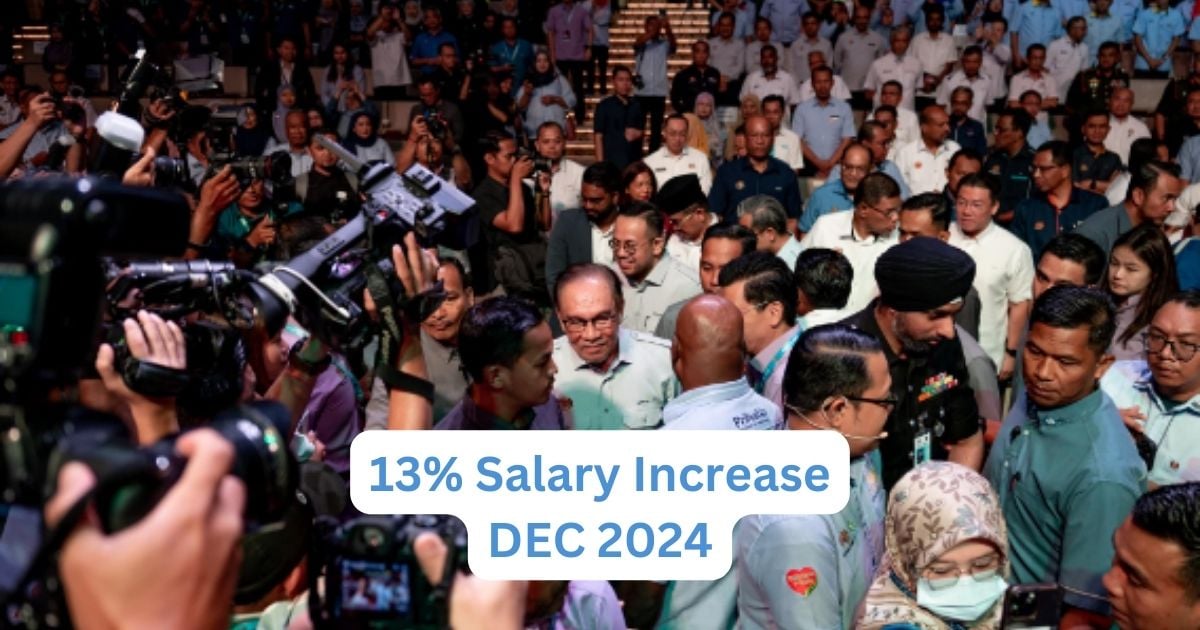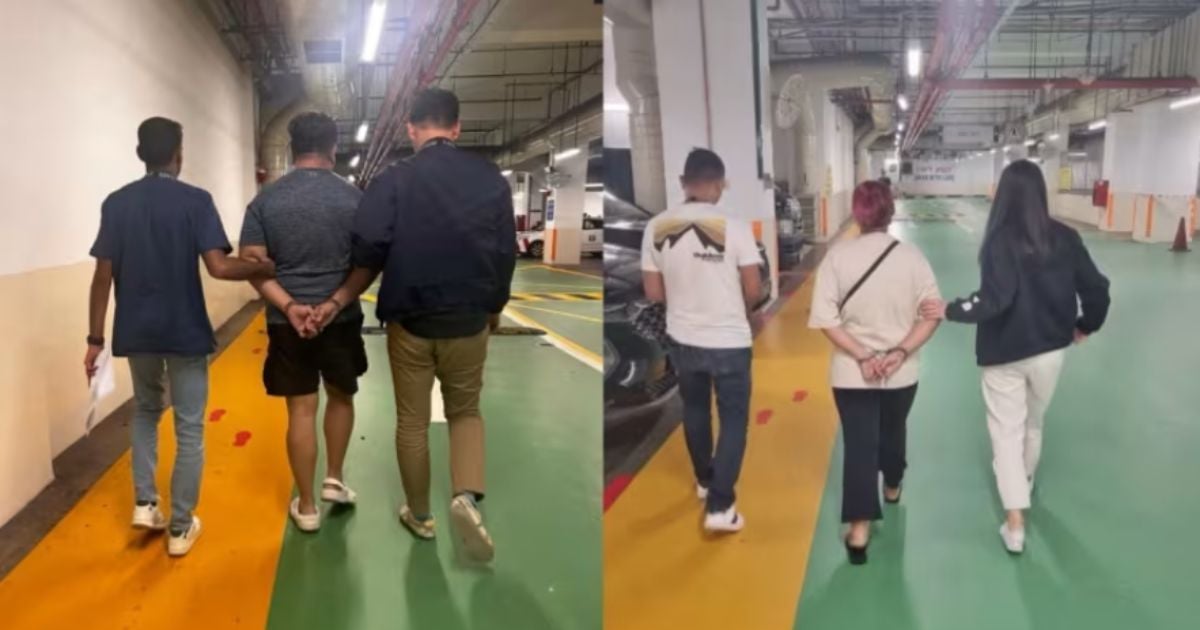You’ve heard of work-from-home, but have you heard of work-near-home?
Reader: Huh? What on earth is that? Why need work-near-home, why cannot just work-from home?
You see, when you work for Mindef and have to handle sensitive information, working from home is just not possible.
What if your cat steps on your laptop and messes up an entire system, sending the entire country into chaos?

Mindef’s Work-Near-Home Scheme
When COVID-19 hit in 2020, many were forced to work from home. However, for employees of the Ministry of Defence (Mindef) and the Singapore Armed Forces (SAF), such an arrangement was difficult given the security-related nature of their work.
That year, Mindef started exploring a work-near-home arrangement, which allowed some staff to work from shared offices at selected military premises near their homes.
The trial began in 2021 with satellite offices at Chong Pang Camp in Yishun and at the former Spring Singapore Building in Bukit Merah, where workers were able to access the necessary networks and systems, which they were otherwise unable to at home due to the nature of their work.
A satellite office is a branch of a company that is physically separate from the organisation’s main office. Satellite offices are particularly useful to workers who live far from their workplace.
For example, imagine someone who works in Tampines but lives in Yishun. For this person, having a satellite office open in Yishun would mean his or her daily commute time is reduced drastically. This makes work seem like less of a burden and also frees up more time for the worker to spend with his or her family.
The initiative allows employees to reduce the time they spend commuting to the office, and provides hot-desking spaces. This means staff can book seats in the facility to have a conducive space to work after attending meetings in nearby locations.
The third work-near-home facility, which opened in 2022, is at Defence Technology Tower B in Depot Road in Telok Blangah.

Reader: Wait, isn’t that really near to the former Spring Singapore building one?
Yes, it’s less than a 10-minute drive. You’re probably wondering why they put two satellite offices so near each other, right?
Well, that’s because Mindef observed very high demand at the former Spring Singapore building, and thus rolled out the Defence Technology Tower B satellite office.
So, people don’t have to squeeze into the former Spring Singapore building and fight for seats there.
The Fourth Mindef Work-Near-Home Facility
M-Works@Tampines is the fourth Mindef work-near-home facility to open.
It occupies the old Tampines Regional Library in Tampines Avenue 7, which has been transformed into a satellite office facility which can seat about 100 people.
All four facilities can hold up to a combined total of 400 people.
While the average monthly usage rate of the four sites is about 75%, the one at Defence Technology Tower B is the most popular, seeing an average monthly usage rate of between 80% and 90%.
The former Tampines Regional Library was the first regional library in the country when it opened in 1994. The library shifted to its current location at Our Tampines hub in August 2017, and the former library was returned to the state in January the following year.
Multiple government agencies studied and explored potential uses for the site, and it was eventually allocated to Mindef in October 2021.
Mindef signed a 10-year lease that began in 2022 and will end in 2032.
Mindef’s lease at the former Spring Singapore Building will end in March 2027, while Chong Pang Camp and Defence Technology Tower B are on Mindef-owned land.
In 2022, the former Tampines Regional Library started refurbishment to transform open areas into offices, collaborative spaces, and meeting rooms, to prepare for the opening of the satellite office in October 2023.
M-Works@Tampines has individual workstations, quiet pods designed for calls, four-seat work booths, enclosed discussion rooms (each with a capacity of four to six people), enclosed meeting rooms (that can fit groups of 10 to 20 each), and various large tables for group discussions.
Due to collapsible walls between selected meeting and discussion rooms, the workspace is configurable, allowing it to be used to conduct large training sessions and town halls.
Via a dedicated website, staff of Mindef and SAF can book a seat or room for anywhere between half an hour and an entire day.
Sounds a bit like the booking system used in Singapore’s libraries, though it’s probably much easier to get a seat in Mindef’s satellite offices than in the National Library Building.
Mindef will continue to track the usage of current sites before considering its next steps or any plans to expand the work-near-home scheme.
Previously, work-from-home was not common. It was only during the circuit breaker in 2020 that work-from-home became the norm.
Even after restrictions eased and workers were allowed to return to offices, work-from-home is still commonly practiced in many companies today.
In fact, Gen-Zers and millennials are contributing to an overwhelming demand for work-from-home to continue in post-COVID-19 years.
This could be attributed to the fact that older Gen-Zers and younger millennials are rather new to the workforce and are probably more used to working from home than the office. They did, after all, spend most of their first few working years working from home.
A survey by JobStreet found that 19% of job-seekers in Singapore consider work-life balance a deal breaker when accepting a job. Hybrid work, aka having work-from-home options, is now a must-have for many job-seekers.
73% of young talent in Singapore prefer remote over in-person work, according to a 2023 survey by research and advisory firm Universum.
The study found that more than two-thirds of Gen-Zers and millennials would look for job opportunities elsewhere if their current employer were to mandate full-time on-site work.
Since Gen-Zers are poised to make up about a quarter of Asia-Pacific’s population by next year, we can expect that most companies will not be implementing full-time on-site work.
Or, maybe they will and Gen-Zers and millennials will just have to accept their fate.




